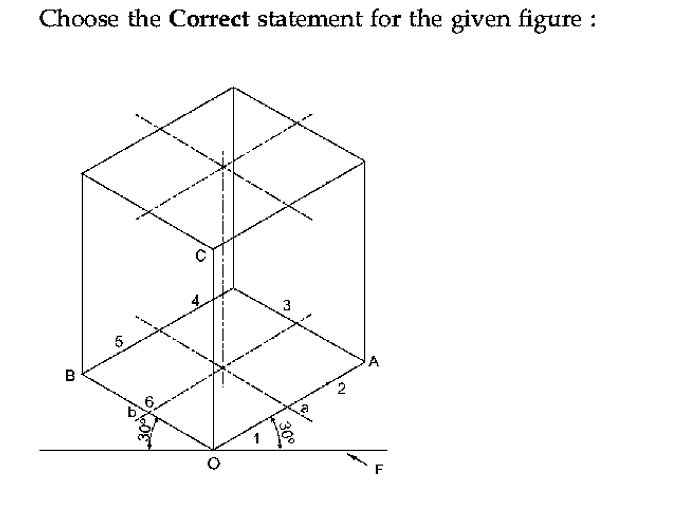If two equal chords of a circle intersect within the circle, prove that the segments of one chord are equal to corresponding segments of the other chord.
Solution and Explanation
Let PQ and RS be two equal chords of a given circle and they are intersecting each other at point T.

Draw perpendiculars OV and OU on these chords.
In ∆OVT and ∆OUT,
OV = OU (Equal chords of a circle are equidistant from the centre)
∠OVT = ∠OUT (Each 90°)
OT = OT (Common)
∴ ∆OVT ≅ ∆OUT (RHS congruence rule)
∴ VT = UT (By CPCT) ... (1)
It is given that,
PQ = RS ... (2)
⇒ \(\frac{1}{2}\) PQ= \(\frac{1}{2}\) RS
⇒ PV = RU ... (3)
On adding equations (1) and (3), we obtain
PV + VT = RU + UT
⇒ PT = RT ... (4)
On subtracting equation (4) from equation (2), we obtain
PQ − PT = RS − RT
⇒ QT = ST ... (5)
Equations (4) and (5) indicate that the corresponding segments of chords PQ and RS are congruent to each other.
Top Questions on Perpendicular from the Centre to a Chord
- Choose the Correct statement for the given figure:

- CUET (UG) - 2023
- Informatics Practices
- Perpendicular from the Centre to a Chord
- Identify the correct statements for the given figure :

(A) A triangular pyramid is resting on H.P. on its base.
(B) A triangular pyramid is resting on H.P. on its apex.
(C) Axis of pyramid is perpendicular to H.P.
(D) Axis of pyramid is parallel to H.P.
(E) Axis of pyramid is perpendicular to V.P.
Choose the correct answer from the options given below:
- CUET (UG) - 2023
- Engineering Graphics
- Perpendicular from the Centre to a Chord
- If two equal chords of a circle intersect within the circle, prove that the line joining the point of intersection to the centre makes equal angles with the chords.
- CBSE Class IX
- Mathematics
- Perpendicular from the Centre to a Chord
Questions Asked in CBSE Class IX exam
- “To hear any flute is to be drawn into the commonality of all mankind.” Why does the author say this?
- CBSE Class IX
- Kathmandu
A driver of a car travelling at \(52\) \(km \;h^{–1}\) applies the brakes Shade the area on the graph that represents the distance travelled by the car during the period.
Which part of the graph represents uniform motion of the car?- CBSE Class IX
- Graphical Representation of Motion
- Match the phrases in Column A with their meanings in Column B.
A B (i) broke out (a) an attitude of kindness, a readiness to give freely (ii) in accordance with (b) was not able to tolerate (iii) a helping hand (c) began suddenly in a violent way (iv) could not stomach (d) assistance (v) generosity of spirit (e) persons with power to make decisions (vi) figures of authority (f) according to a particular rule, principle, or system - CBSE Class IX
- My childhood
ABC is a triangle in which altitudes BE and CF to sides AC and AB are equal (see Fig). Show that
(i) ∆ ABE ≅ ∆ ACF
(ii) AB = AC, i.e., ABC is an isosceles triangle.

- CBSE Class IX
- Some Properties of a Triangle
- The author speaks both of people who were very aware of the differences among them and those who tried to bridge these differences. Can you identify such people in the text?
- CBSE Class IX
- My childhood